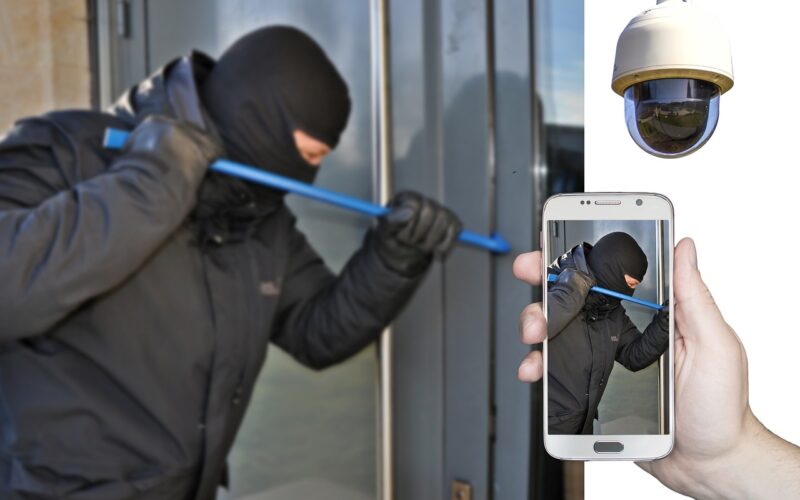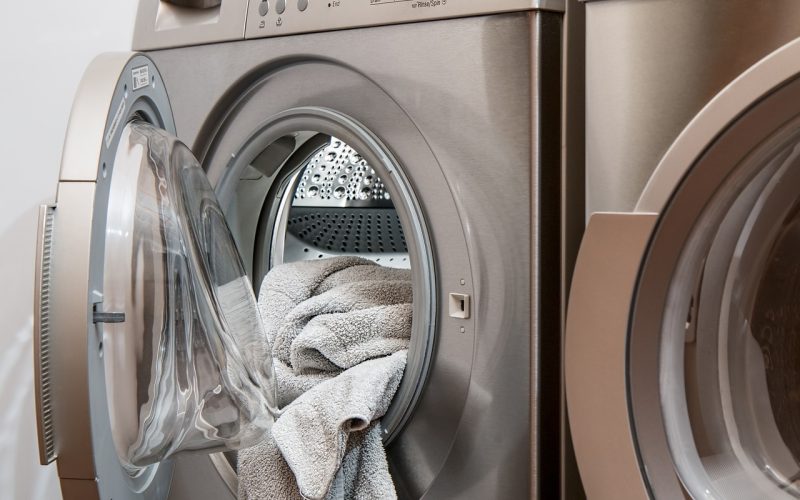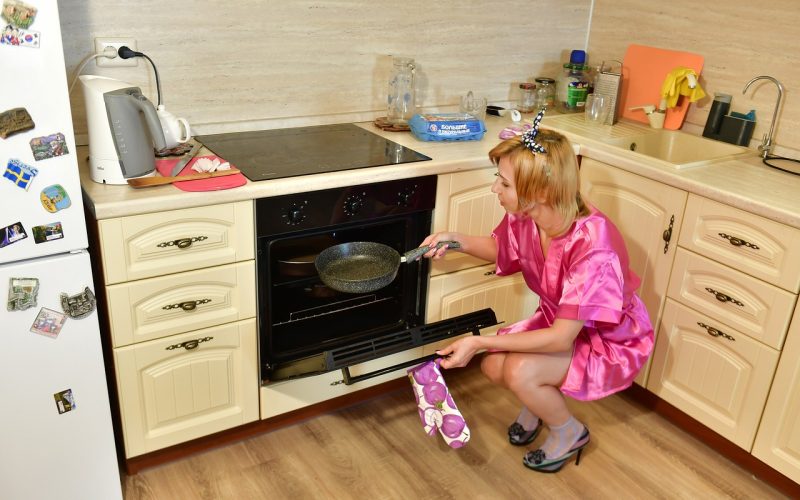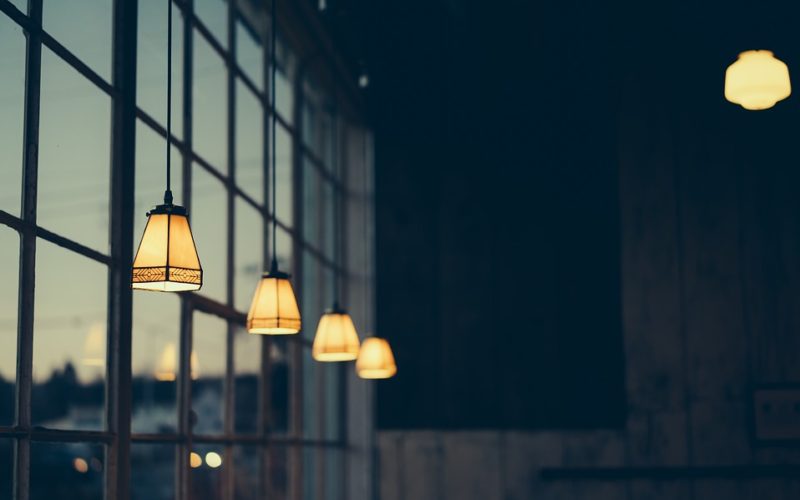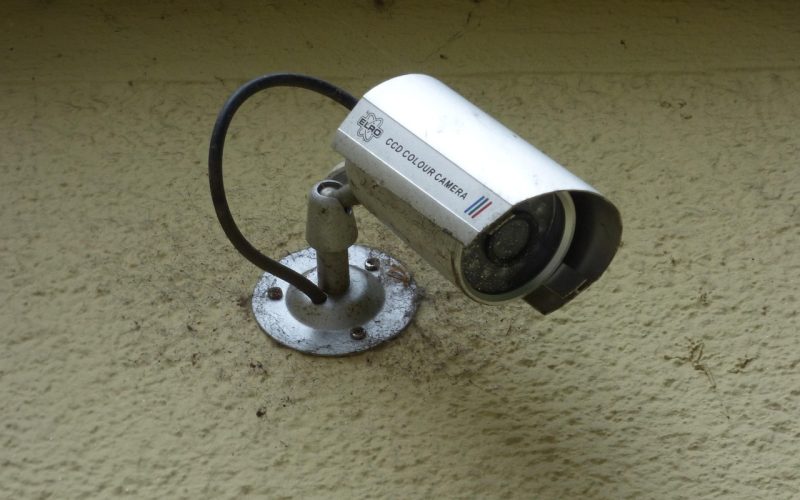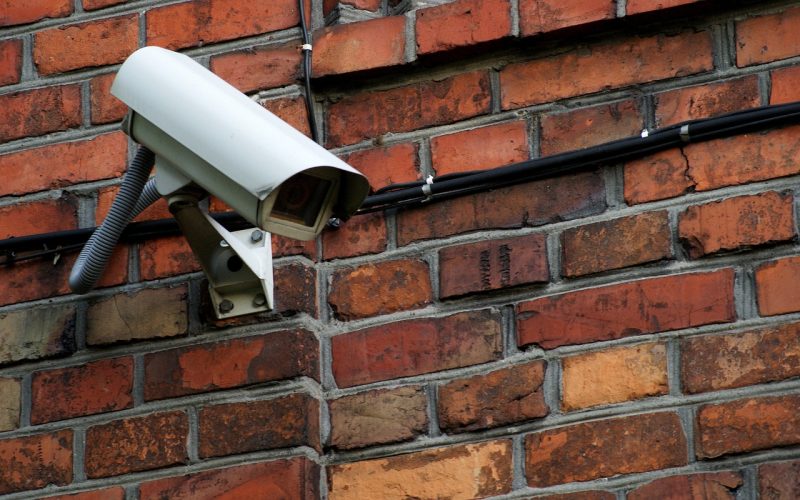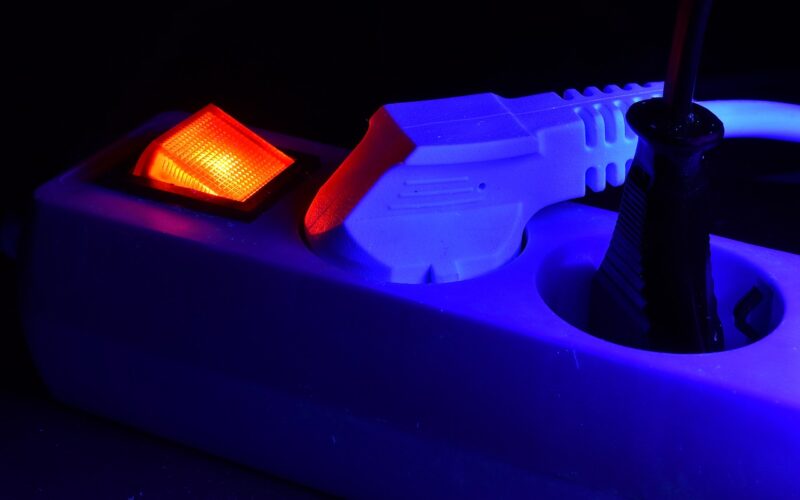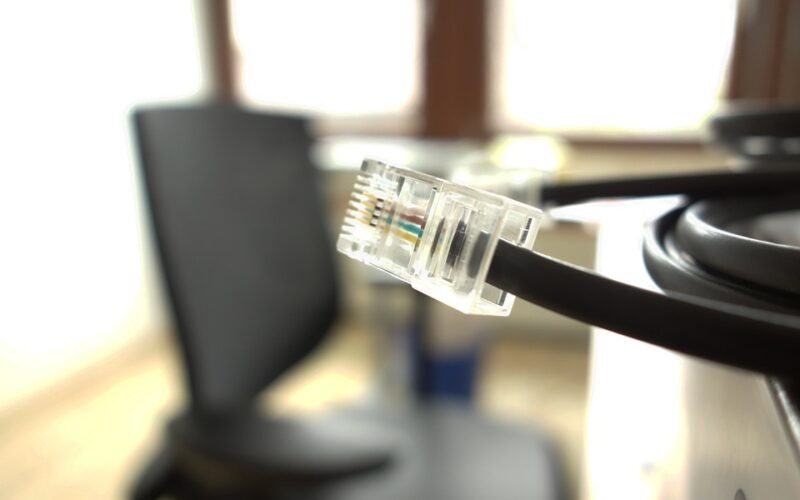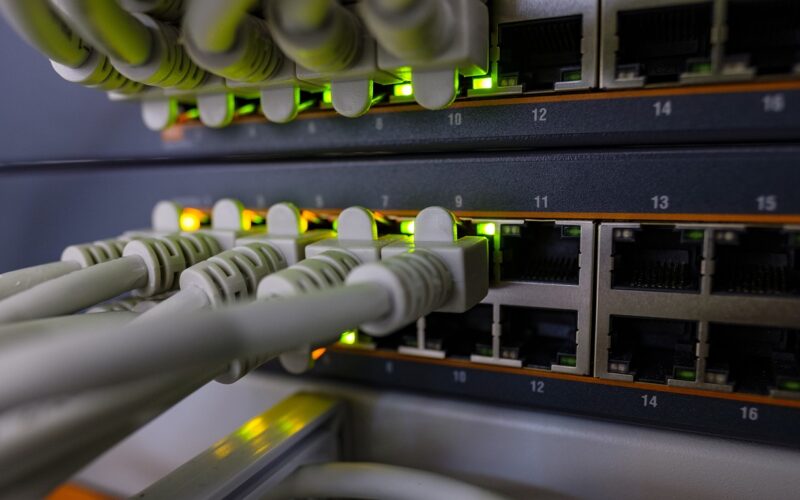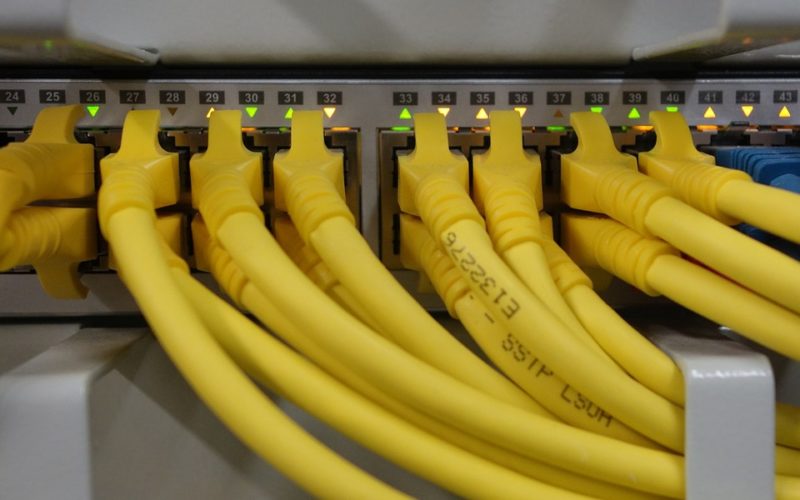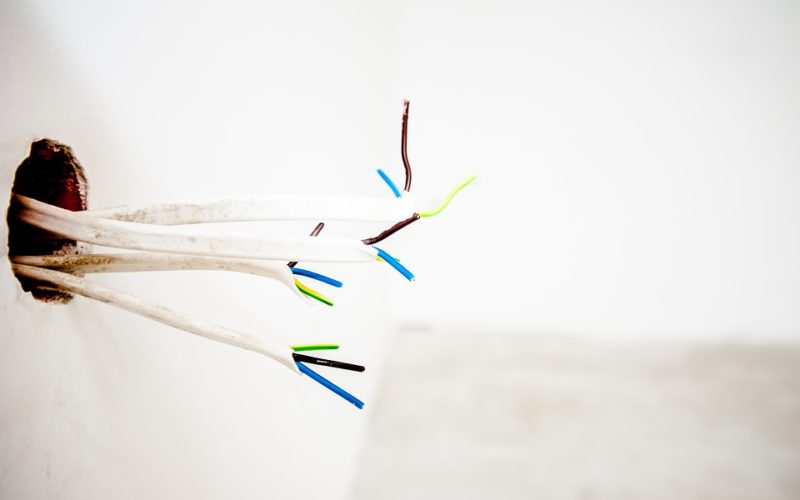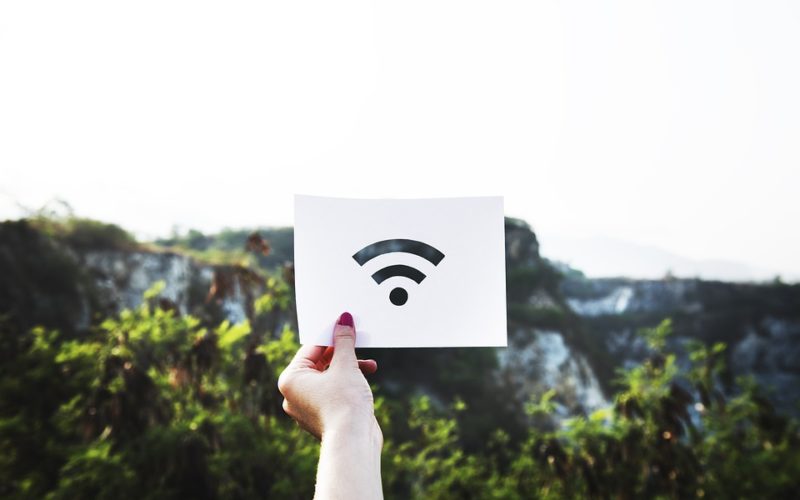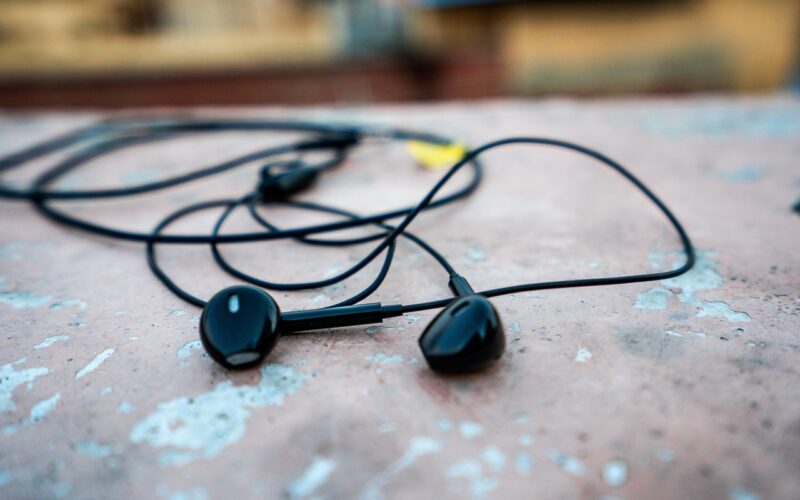Modern Home Security Systems
Securing your home is a priority for every homeowner, and the range of available technology has never been broader. From simple smart devices to complex surveillance networks, understanding your options is the first step toward building an effective security plan. These systems deter potential intruders, provide valuable evidence if an incident occurs, and offer peace of mind whether you are at home or away. The key is to find a solution that matches your property's specific needs, your budget, and your comfort level with technology.
Smart doorbells and Wi‑Fi cameras
For many, the entry into home security begins at the front door. Smart camera doorbells have become a popular first line of defence. These devices replace traditional doorbells and include a camera, microphone, and speaker. Key features often include motion-activated alerts sent directly to your smartphone, live video streaming, and two-way audio that allows you to speak with visitors remotely. Similarly, standalone indoor and outdoor Wi-Fi cameras offer flexible surveillance. They can be placed almost anywhere with a power source and a Wi-Fi signal, allowing you to monitor key areas like back gardens, living rooms, or garages.
Expanding your protection with sensors and alarms
Beyond video surveillance, sensor-based alarm systems provide a different layer of security. These systems use a network of sensors placed on doors and windows to detect unauthorised entry. When a sensor is triggered, it activates a loud siren to scare off intruders and alert you or your neighbours. Modern systems are often wireless, making them easy to install, and can be integrated with mobile apps for remote arming and disarming. Combining these alarms with cameras creates a more comprehensive setup, as the alarm can trigger cameras to start recording, capturing crucial moments.
Managing your footage
A critical consideration for any camera-based system is where the video footage is stored. Local storage options, such as an SD card within the camera or a dedicated network video recorder (NVR), keep your data physically on your property. This gives you complete control over your footage and avoids monthly subscription fees. In contrast, cloud storage uploads your video to a remote server. While this usually involves a recurring cost, it ensures your footage is safe from theft or damage to the physical device and allows you to access it from anywhere with an internet connection. Many systems offer a hybrid approach, providing both local and cloud options.
Integration with the wider smart home
The true power of modern security devices is often realised when they are integrated into a wider smart home ecosystem. Connecting your cameras, doorbells, and alarms to platforms like Amazon Alexa, Google Home, or Apple HomeKit allows for seamless automation. For example, you could set your lights to turn on automatically when your outdoor camera detects motion after dark, creating the illusion that someone is home. This level of integration transforms individual devices into a coordinated and intelligent security network, enhancing both convenience and effectiveness.
Advanced systems
For larger properties or those with more complex security needs, a more robust system may be necessary. This is where the distinction between domestic CCTV and commercial-grade systems becomes important. A typical domestic CCTV setup might involve a few Wi-Fi cameras. However, a larger home with extensive grounds or a mixed-use property might benefit from a professionally installed closed circuit TV (CCTV) system. These systems often use wired connections for greater reliability and feature more durable, weatherproof cameras. When a property's scale and security risks start to resemble those of a small business, looking at commercial CCTV solutions can be a logical step, offering features like centralised monitoring, higher resolution, and greater scalability.
Choosing the right system for you
Selecting the right home security setup involves balancing several factors. Consider the layout of your property and identify vulnerable points. Think about your personal privacy and be mindful of camera placement to respect your neighbours and comply with local regulations. Data security is also vital; ensure any system you choose uses strong encryption to protect your video feeds from unauthorised access. Finally, balance your budget against your needs, starting with foundational elements like a smart doorbell or key cameras and scaling up as required. By carefully considering these points, you can build a security system that provides effective protection and lasting peace of mind.
